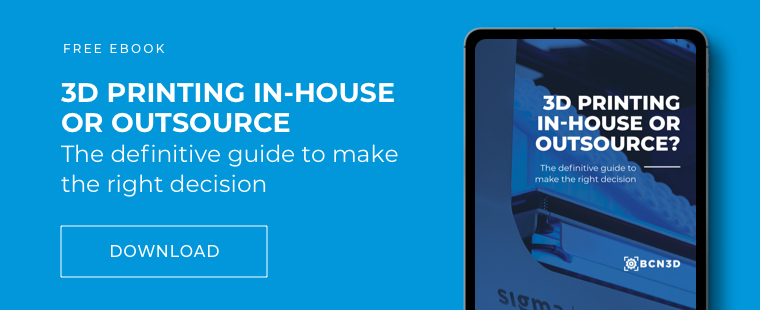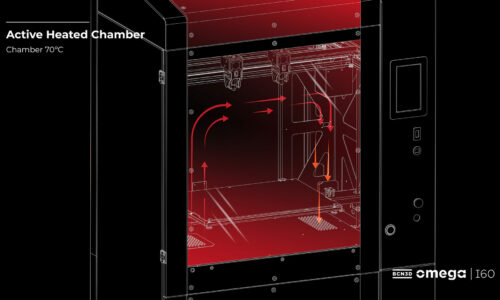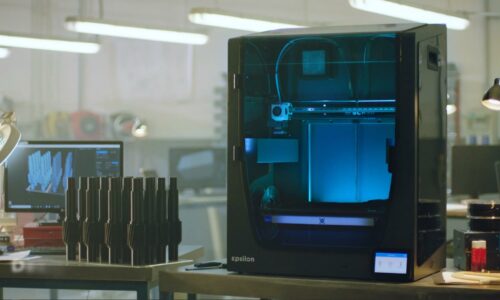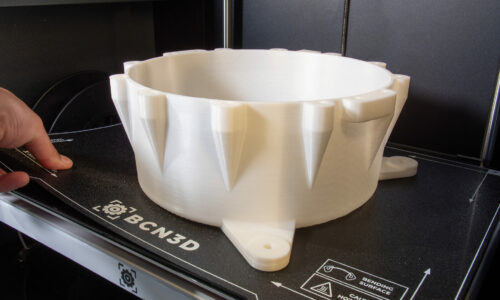3 Benefits of 3D Printing Architectural Models
Architects were some of the earliest adopters of 3D printing. Also called additive manufacturing, 3D Printing architectural models opens up a whole new world of design possibilities in the architectural industry.
From modeling to marketing purposes, and even being more green, there are many reasons why 3D printing and architecture are a match made in design heaven! Let’s dive into some of the most common uses of additive manufacturing for architects.
3 Ways Architects Use 3D Printing
1. 3D Printing Architectural Models
Prototyping is a benefit of 3D printing in many different industries, but it is perhaps the most common use of 3D printing in architecture. Using 3D printers, architects can build architectural models faster and more precisely.
Rather than having to take days and weeks to build models, 3D printers can get the job done in a matter of hours. Also, 3D printed models can be much more detailed than those fabricated through traditional manufacturing methods, which better demonstrates the structural integrity of complex or detailed designs.
3D printed architectural models also have the added advantage of being able to be printed multiple times and with different variations. Because printing the models is so much faster than traditional means, architects are now given the option to create multiple iterations of their designs for greater analysis and modeling.
Creating multiple variations is especially helpful in studying the spatial relationships of your designs. By being able to produce the models quickly, you can better visually understand the results of your design.
Because 3D printing cuts down on time, architects are also able to spend more time on creating finer details that help to further conceptualize the final product. Small scale printed furniture, fixtures, and intricate designs are the important details that bring your concept to life and allow clients to fully grasp the design.
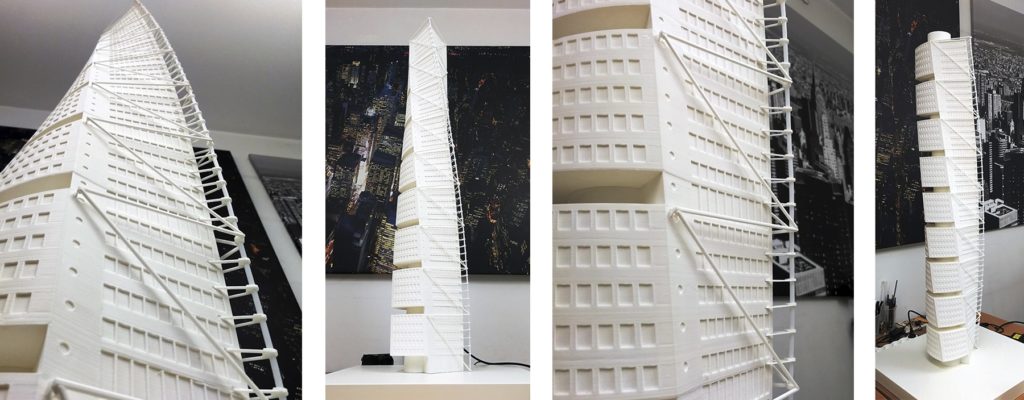
2. Marketing and Sales Purposes
3D Printing architectural models also allows architecture firms to show off their work and designs in a more substantial way. Whether the prints are used for client pitches or general marketing activities, the hands-on nature of 3D printed models adds more value to marketing and sales activities.
For example, architects can leverage 3D printing to better showcase their ideas during pitches and presentations. This can include sending small scale samples or presenting models during a pitch meeting to fully showcase a complex idea or construction. While presenting a design on a screen can be effective, nothing replaces being able to see a scaled model in person. Using 3D printing in this function is a sure way to boost your firm’s effectiveness in pitch meetings.
3D printing also allows firms to showcase their creativity and ideas concretely. By creating small 3D printed marketing materials, you can give future clients something tangible to show off your firm’s ingenuity and capabilities, way before they receive a built project.
Whether you’re showing off to a prospective client, a city council, or visitors in your office, 3D printing adds an extra wow factor to your architecture firm’s strategy
3. Save, Save, Save
Another major reason more architecture firms are turning to 3D printing is the amount it saves! And we’re not just talking about money – 3D printing for architecture can also save time, and even the planet.
Traditionally, models were created by painstakingly cutting and pasting cardboard or foam designs over days and weeks. Additive manufacturing shortens the time to typically just a few hours. Even larger models can be printed overnight in the office, allowing more time to be focused on planning and making edits. Because so much time is saved on modeling, it also opens the door to creating more variations and comparing different designs and ideas.
3D printed models also allow architects to cut costs while working more sustainably. For example, a filament like PLA is biodegradable while also being one of the most cost-friendly filaments on the market. Plus, PLA is ideal for printing complex designs and difficult details, making it an optimal material for architectural models. When used effectively, 3D printing can boost the performance of your firm in many different aspects.
Final Thoughts
These three applications are just the tip of the iceberg for incorporating 3D printing into an architectural workflow. Many architectural firms have adopted this technology because of the value it provides, letting architects focus on what they do best: innovating.


